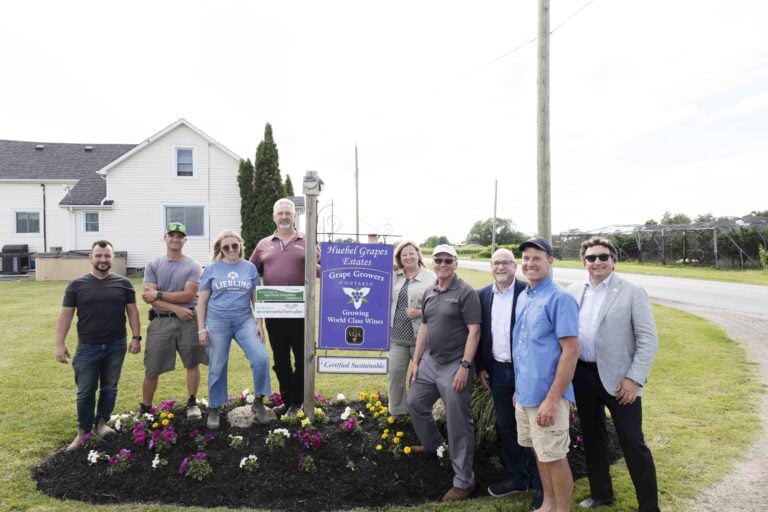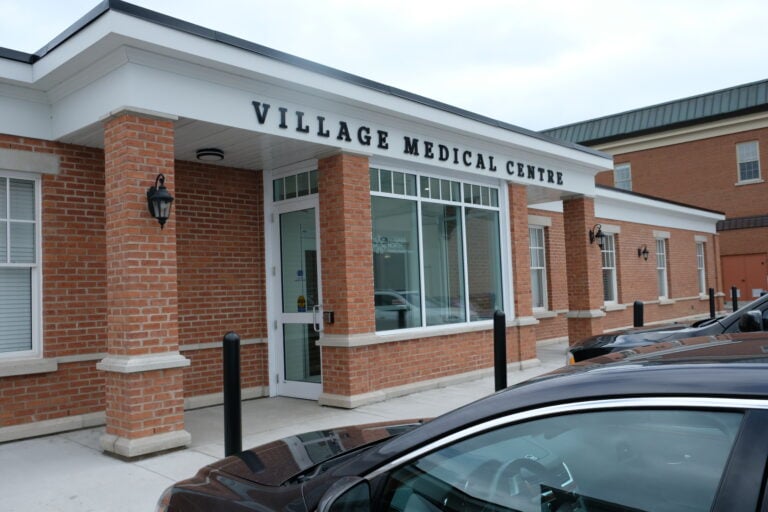As the election draws closer, chatter over the town’s financial health has grown louder.
But a report to council last month paints a pretty optimistic picture for the town.
Town treasurer Kyle Freeborn shared some numbers on the town’s financial reserves at council’s final meeting Sept. 26, noting they are at a “historical high.”
“I believe the town is in good financial health,” Freeborn told council.
From 2018, the town’s reserves have grown to $27.5 million from $25.7 million, he said.
“I think the election stirs up things in the community and one of them was concerned over financial health or dwindling reserves,” Freeborn told The Lake Report in an interview.
The growth of the town’s reserves is probably just a normal function of there being more put into the reserves than is being taken out, he said.
“Development right now is probably at an all-time low,” he added.
Freeborn’s numbers are from the Financial Information Return, a finance report the town gets every year from the Ministry of Municipal Affairs and Housing.
The report he shared is for 2019, but the treasurer said the trends for the 2019 report are similar for 2020.
The 2021 report is not available yet but Freeborn expects the trend will continue.
The report lays out the town’s financial risk according to a series of metrics, including the town’s reserves and utilized debt capacity.
The debt capacity is a set limit on the amount of debt the town can accrue to pay off assets like the community centre.
“Our annual repayment limit is $7,292,049. And in 2022, we’re only spending $725,000,” Freeborn said.
“That’s about 9.9 per cent of our available debt capacity,” he added.
The town also transfers a little over $2 million into a capital program each year. That money is used to pay for things like park improvements and infrastructure repairs.
Council used to pay more into the capital program, but over the course of its four-year term the amount was reduced by about $1.2 million.
Freeborn said that was to help alleviate tax burdens through the pandemic.
“Although council made decisions to reduce funding in certain areas, we received funding and infrastructure funding from other levels of government that would have essentially mitigated that decision,” he said in an interview.
Coun. Erwin Wiens was concerned by the reduced amount the town has for capital projects like parks, roads and town vehicles.
“It’s not a problem unique to Niagara-on-the-Lake. It’s all over the municipalities across Ontario. It’s often referred to as the infrastructure gap,” Freeborn explained.
Wiens was not satisfied, though.
“How are we going to fund Simcoe Street?” Wiens asked, estimating that the repair project was going to cost a quarter million dollars.
He listed other capital projects such as the town’s culverts, bridges and repairs to the community centre.
“We may be in a healthy situation,” he said.
“We’re Niagara-on-the-Lake, we have way better, we should be doing way better,” he said.
Coun. Gary Burroughs shared some of Wiens concerns.
“We need to start looking after ourselves in our community,” Burroughs said.



Kyle_Freeborn._Supplied.jpg)






